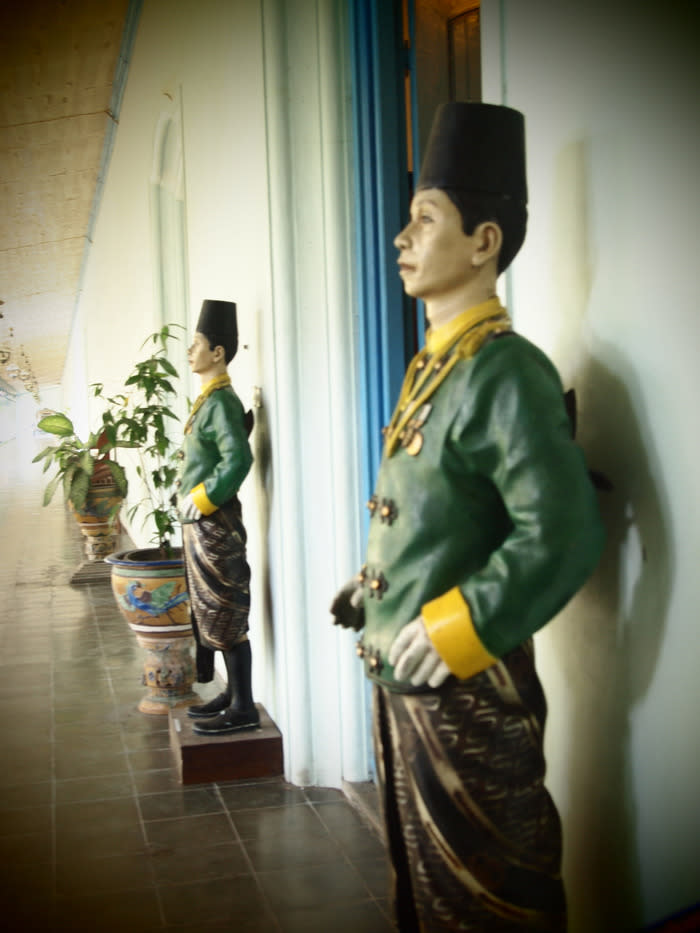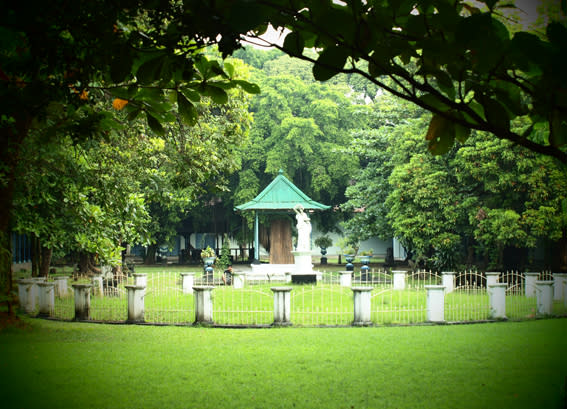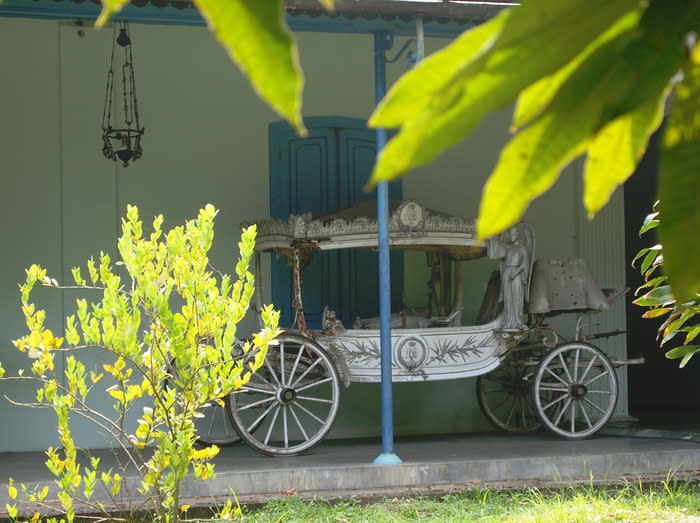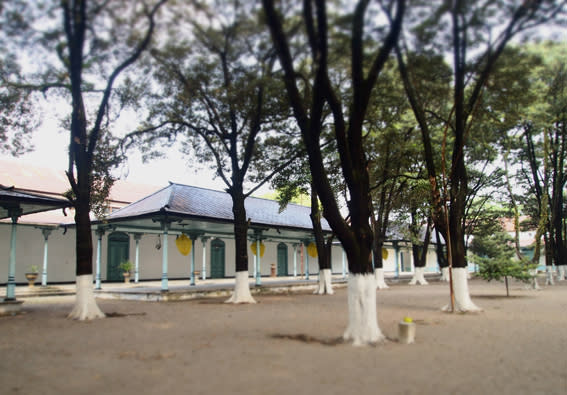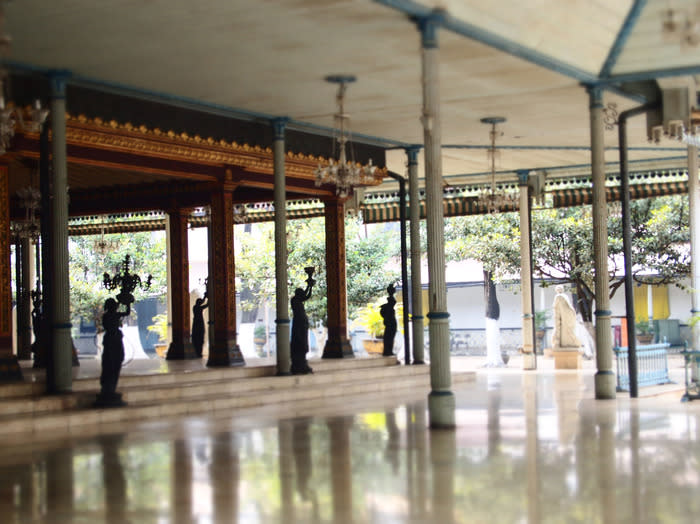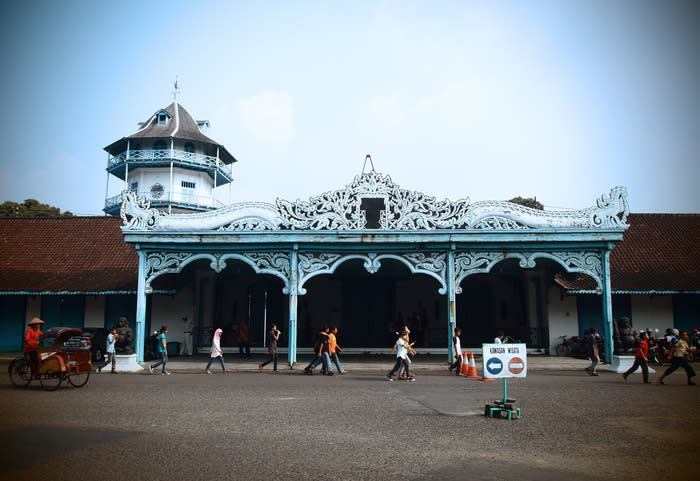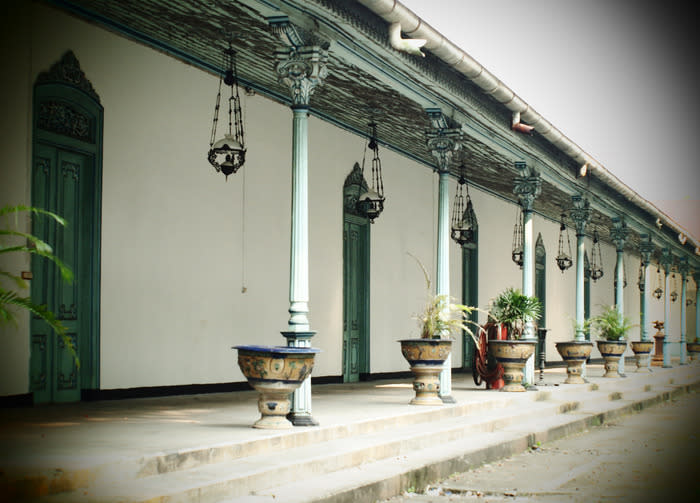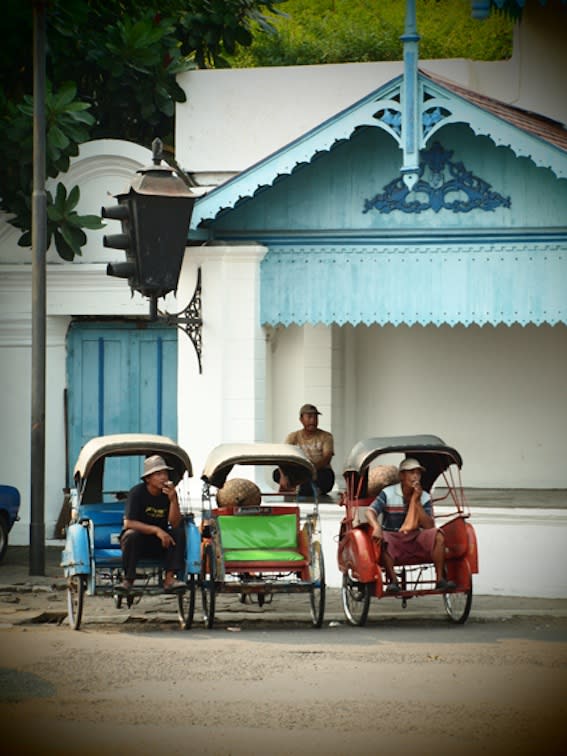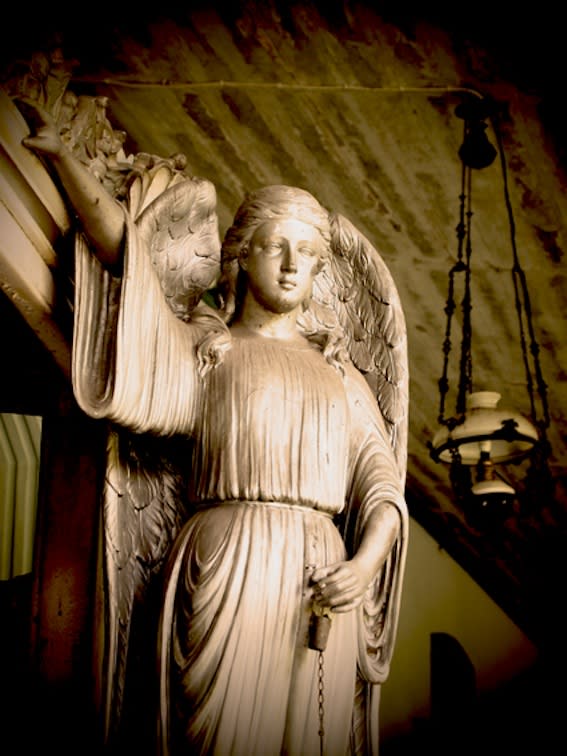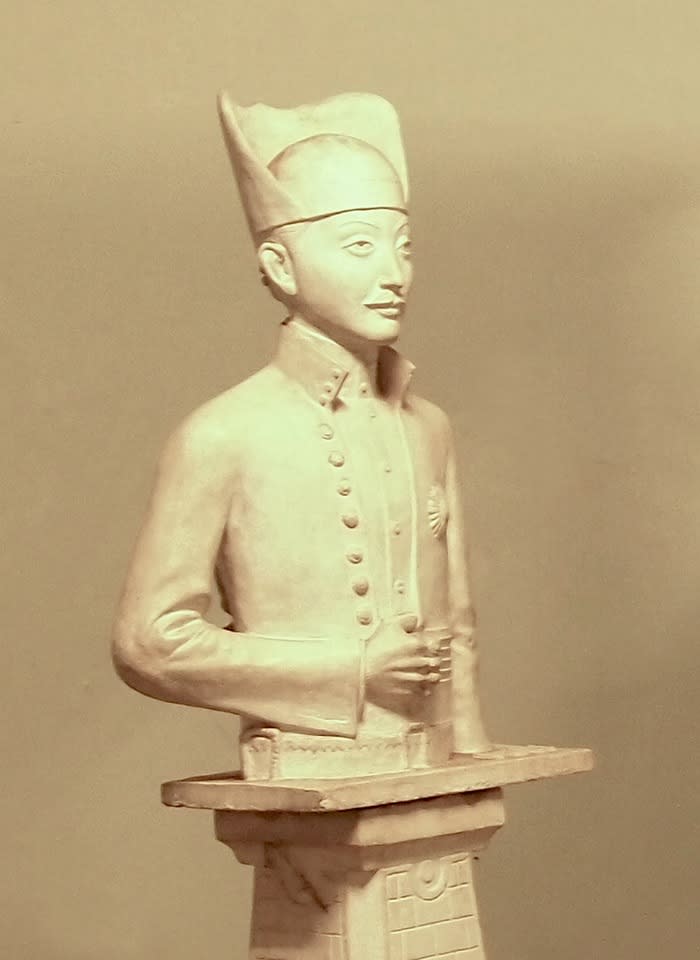A pleasant trip to Surakarta's royal palace
Anyone who has visited two famous palaces in Central Jakarta – the Kraton Yogyakarta and the Kraton Kasunanan Surakarta - may share my perspective.
The Kraton Surakarta does not appear as well maintained as its neighbor in Yogyakarta due to little funding available for maintenance, with many parts of the palace in an advanced state of decay.
It is unfortunate, since these two palaces share many similarities in terms of spatial archetypes. One of the architects of Kraton Surakarta, Prince Mangkubumi (later given the title Sultan Hamengkubuwono I), was the lead architect of Kraton Yogyakarta, only a 1.5 hour drive from Surakarta, more popularly known as Solo.
The palace no longer has the look of grandeur that it once did, despite it being the successor to the Islamic Mataram Kingdom, but it’s still worth exploring.
Conveniently located in the city center, the 54-hectare palace was constructed from 1743 to 1745 using teak wood from the Alas Kethu region in Wonogiri district. Further development and a large-scale restoration was later implemented by Sultan Pakubuwono X, who reigned from 1893 to 1939.
Mostly covered in white and blue shades, the Kraton Kasunanan Surakarta offers a blend of Javanese and European architecture.
Several European-style statues line the hallway - clearly strengthening a colonial era, east meets west ambiance. These statues were gifts from the Dutch, who always had a very close relationship with the royal family of the Kraton.
Inside the palace's main building, there is a museum that was once used as an office complex during the Sultan Pakubowono X era. Now, the place is divided into nine exhibition halls, displaying a wide variety of items belonging to the royal family.
Upon entering the museum, I was fascinated by various pieces of art that were given as gifts from European royal families, replicas of the palace’s antiques, old gamelan instruments, dioramas illustrating Javanese folk art and a variety of royal wedding equipment.
Other interesting items include a collection of ancient Javanese royal cookware, ancient weapons used by the royal family, a European-style royal carriage as well as royal hats worn by Sultan Pakubuwono VI, VII and X.
Today, other than opening its doors to tourists, the palace is still utilized for various purposes such as cultural and historical events.
It still maintains its privacy and ethical governance as well. To respect customs, visitors are not allowed to wear shorts, sandals, sunglasses and sleeveless shirts while strolling around the complex.
The Kraton Kasunanan Surakarta opens from 9 a.m. until 3 p.m. on Saturday to Thursday and until 2 p.m. on Fridays.
The admission fee for domestic tourists is Rp 10,000 (less than US$1) and is Rp 15,000 for foreigners.
Read also:


